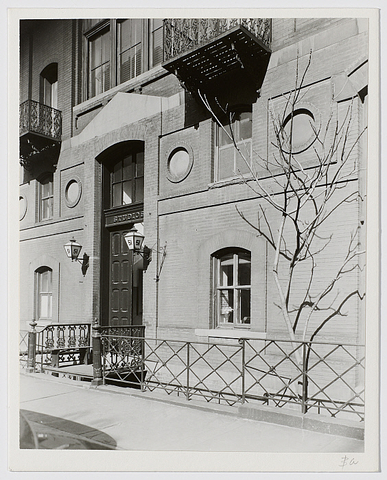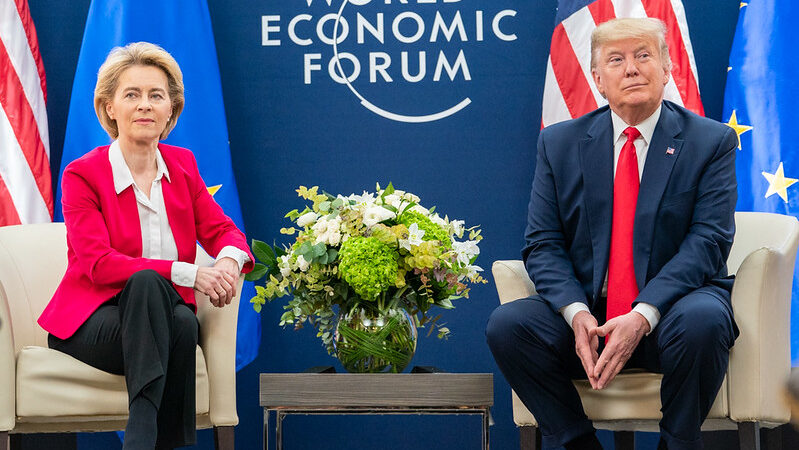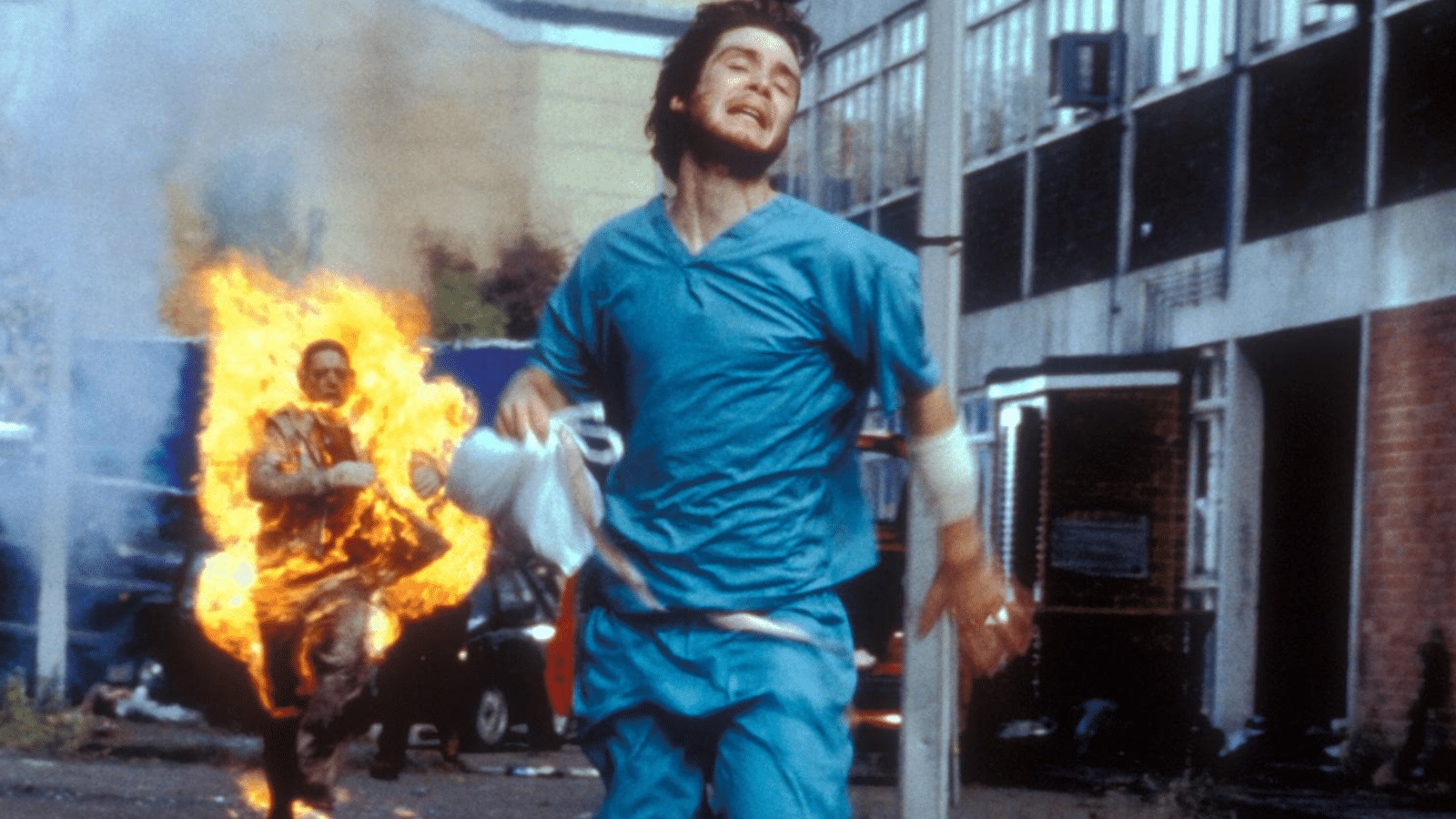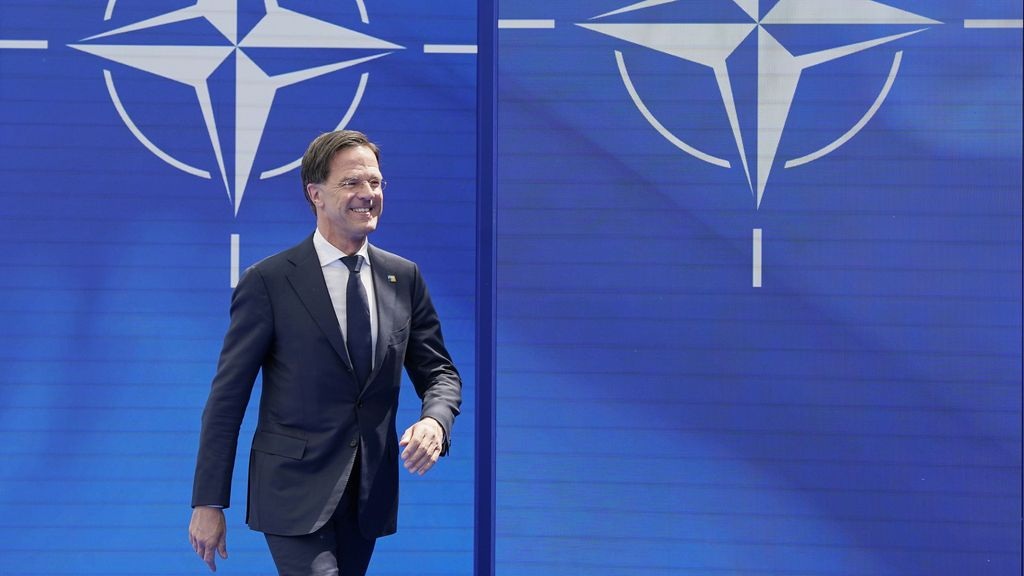
Edgar B. Speer, special agent for the Buro of Investigation (BOI) in Pittsburgh in August 1918 - the BOI was renamed in 1935 as the FBI) sent a telegram reproducing a notice from an individual called Tremble to the New York office. The informant recommended his colleagues search Kahlil Gibran’s home because he was a suspected Boshevik.
By Francesco Medici
The informant stated: "Kahlil Gibran, a Syrian alien with an art studio on the third floor of West 10 Street, has in his possession considerable mass peace propaganda - literature of Bolshevik type.”
Such a circumstance, apparently unexplainable, must be framed into the historical context of the time to be understood. From 1917 in the USA, with the country’s entry into World War I and the October Revolution in Russia, an anti-Communist alarm began to spread within the American government circles.
The so-called First Red Scare, which lasted until 1920, was the name of a campaign against leftist radicalism and, during the war years, neutralist and pacifist dissent.
It was, to quote the words of Murray Burton Levin (1927-1999):
“A nationwide anti-radical hysteria provoked by a mounting fear and anxiety that a Bolshevik revolution in America was imminent – a revolution that would change Church, home, marriage, civility, and the American way of Life.”
News media exacerbated such fears, channeling them into anti-foreign sentiment: immigrants, most of whom were poor, were seen by many WASP Americans as a potential or actual anarchist, socialist, Soviet sympathizers, capable of unpredictable subversive and violent acts as possible solutions to their poverty.
In addition, laws such as the Espionage Act of 1917 and the Sedition Act of 1918 criminalized many forms of speech, any disloyal language, whether printed or spoken, that might cast the US government or its war effort in a negative light.
When on May 30, 1911, Gibran met and made a drawing of Charles Edward Russell (1860-1941) - a member of the Socialist Party of America and founder of the National Association for the Advancement of Coloured People (NAACP) - in a letter to Mary Haskell, he expressed his admiration for him:
“I made a drawing of a truly big man whom you admire very much – Mr. Charles Russel. It was a great joy to draw his remarkable face and to talk with him about art in general and the eternal question of the Near East.”[3]

Mary Haskell was a friend of some of the leading socialists of the day, notably William English Walling (1877-1936), a social reformer, Russian historian, and another founder of the NAACP, who was the brother-in-law of her sister Frederika Christina Haskell (1880-1973). It was Mary who, in 1913, lent Gibran Walling’s book The Larger Aspects of Socialism. [4]
A book he enjoyed: “I, too, have been reading a good deal about Socialism. To me, it is the most interesting human movement in modern times. That does not mean that I agree with all of its details. It is a mighty thing, and I believe it will go through many changes before it becomes a form of government.”[5]
Like Mary, Gibran also had among his acquaintances many personalities more or less directly connected to New York Socialist or Communist circles, such as: Charlotte Teller (1876-1953),[6] Orrick Johns (1887-1946),[7] Joseph Gollomb (1881-1950),[8] John Reed (1887-1920),[9] Rose Pastor Stokes (1879-1933),[10] Percy Stickney Grant (1860-1927)[11] and Randolph Bourne (1886-1918).[12]
Does that make Gibran a Socialist? Probably not, although, as we have seen, he looked at that ideology with sincere respect and curiosity, as he also did with the facts of 1917 in Russia:
“The great war is beginning to reveal its real significance. The change in Russia is only a start – other countries will follow. I believe that within a short time, say twenty-five years, the consciousness of the races will create governments for the races. The old self of the human race is dying fast – the new self is rising like a young giant. Germany and Austria see their future – and those who are governing Austria and Germany are full of fear. The gates of Heaven are open now, and there is no power on Earth to close them. The spirit of yesterday is no more, and the voice of yesterday is only an echo. Tomorrow will have its spirit and its voice. And the spirit of tomorrow is righteousness and the voice of tomorrow righteousness. It is all so wonderful, Mary, and I am glad you and I are there to see it changing. And you know, Mary, that nothing happens to humans though individuals may not be conscious of what is happening to them. Life has its seasons. Now the breath of Spring is in the air, and all the Czars and all the Kaisers of all the worlds cannot make time walk backward.”[13]
Years after, on February 8, 1921, Gibran talked this way with Mary about Christ: “Jesus had two leading conceptions: the Kingdom of Heaven, and a piercingly constructive critical consciousness. In this day, he would be called Bolshevik and Socialist.” On July 19, 1921, he told her:
“The English have always loved the Turks. If it hadn’t been for the English, the Turk would have been driven out of Europe by the Russians, and the people of the Near East would have been free or have been swallowed up by Russia. Better Russia than Turkey, for Russia, is young and full of creative power.”[14]
Does Gibran’s admiration for Russia – its spirit, culture, literature, and art – which existed even before the October Revolution make him a Bolshevik activist? Surely not, so a further question we must ask should be: was he a pacifist? Before answering, we must not forget his commitment to the Syrian cause, as he wrote in a letter to Mary dated April 20, 1917:
“I am downtown working for Syria. Since the day America made a common cause with the Allied Governments, the Syrians and the Lebanese in this country have decided to join the French Army, which is almost ready to enter Syria. With the help of some Syrians in this city, I have organized a ‘Syrian-Mount Lebanon Volunteer Committee.’ I had to do it, Mary. The moral side of this movement is what the French Government sees and cares for.”[15]
However, he was well aware that his post of secretary of English correspondence in the Syrian-Mount Lebanon Volunteer Committee, advising Syrian residents in the United States on how to join the French army involved in the war, was in sharp contrast with his role in the board of the literary monthly “The Seven Arts.”
The magazine, founded in 1916 in New York by James Oppenheim (1882-1932),[16] by the summer of 1917, became a passionate forum with editorials condemning the war written by Oppenheim himself, along with authors such as John Reed and Randolph Bourne.
Even before the monthly was launched, Gibran knew that his association with a pacifist like Oppenheim would raise concerns among his Syrian colleagues on the Committee, yet he continued actively supporting him.
On July 23, 1916, he told Mary Haskell: “He likes the things I do – and I like his ideas… He wants to publish all I’ve written in English… And some of the Syrians are angry because I have given him my name.”[17] About a year after, caught in a crisis of conscience, he tried to justify his ambivalent position when he saw Mary on July 27, 1917:
“You know I like Oppenheim – though I feel so oppositely to him about what to do in this war… I’m anti-war – but for that very reason, I use this war. It is my weapon. I’m for justice – and so I make use of this great injustice… And Oppenheim knows how I feel. He’s come to me – you know he always comes to talk things over – and I’ve told him. I don’t want to hurt the magazine; they want to keep my name. I can’t, somehow, hurt them – so I think perhaps it is better to let things drift. My Syrian friends don’t like it – and many of them haven’t understood my still being on the Board since the magazine has been printing its recent editorials.”[18]
By October, Gibran’s dilemma over his involvement with “The Seven Arts” was solved when the magazine had to close due to severe financial problems. On November 10, he confessed to Mary that he was considering leaving for the front to set a good example: “If I enlist, others also will enlist.”[19] Among the fellow Syrians of his inner circle, Mikhail Naimy (Mīḫā’īl Yūsuf Nu‘aymah, 1889-1988) was the only one to leave: in June 1918, he was sent to the Franco-German frontier in the Faubourg.[20]
As for Gibran’s countrymen resident in New York, some of them, like him, were Maronites, and some were Greek Orthodox. Many of the latter had studied at the Russian missionary schools in Palestine and Syria – like Naseeb Arida (Nasīb ‘Arīḍah, 1888-1946), editor of “al-Funūn,” and the brothers Abdulmassih Abdo Haddad (ʻAbd al-Masīḥ ʻAbduh Ḥaddād, 1890-1963) and Nudra Abdo Haddad (Nadrah ʻAbduh Ḥaddād, 1881-1950), editors of the Arab-American magazine “al-Sā’iḥ” (or “As-Sayeh,” ‘The Tourist’ or, ‘The Traveler’) –, and even in the Czarist Empire, as is the case with Naimy, who, between 1906 and 1911, attended the Theological Seminary in Poltava, in present-day Ukraine.
In the USA, from 1916 until the outbreak of the Russian Revolution, Naimy worked as the assistant secretary for the Russian Consulate in Seattle, Washington, as a typist in the office of the Russian Commercial Fleet in New York, and then as a secretary to the Russian Inspector at the “Bethlehem Steel Co.” in Bethlehem, Pennsylvania.
Arida was also chosen to study for a year in Russia at the Russian Teacher’s Training College in Nazareth. Still, he missed the opportunity to go due to the Russo-Japanese War (1904-1905). They were all fluent in the Russian language.
Soon after, forty of Gibran’s paintings and drawings were exhibited at the Knoedler Gallery, he began his collaboration with the Poetry Society of America and completed the writing of two new books: his first work in English, The Madman, which would be published in October 1918,[23] and a long poem in Arabic, al-Mawākib (‘The Processions’), which would come out only in March 1919.[24]
In the same period, he also dedicated himself to the composition of some parts of what was to become his undisputed masterpiece, The Prophet. This masterpiece celebrated its centennial anniversary last year.
Please visit the Kahlil Gibran Collective website to continue reading the article or to consult the sources used.




